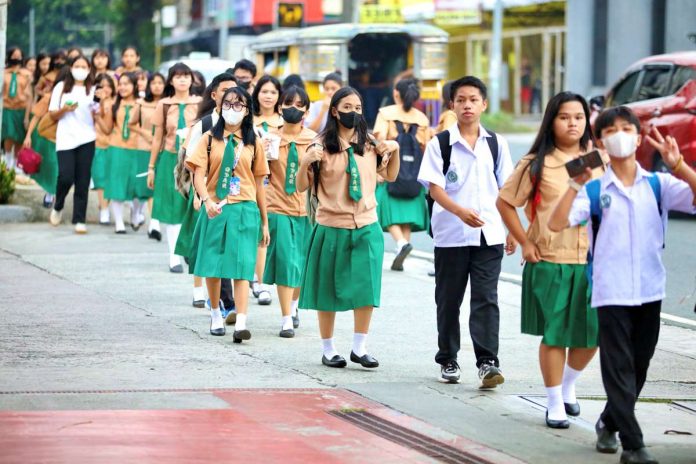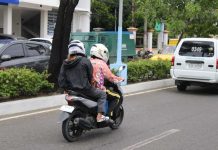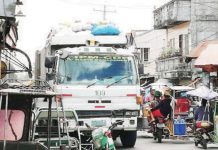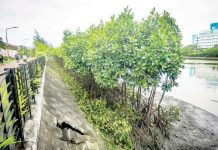
MANILA – The Philippines remains among the poorest in learning in East Asia and the Pacific, with nine out of 10 of Filipinos unable to read and understand a simple, age-appropriate reading material by age 10, according to a World Bank (WB) report on the quality of education in the region.
The country scored an identical 91 percent “learning poverty” rate in the 2022 report by the Washington-based lender, when the study was done before the return of face-to-face classes in schools and after two years of remote learning due to the pandemic.
In the 2023 WB report, however, the Philippines was still among eight nations that registered a learning poverty rate higher than two-thirds, or 67 percent, despite the return of in-person classes in schools in November 2022.
The other seven are Cambodia, Kiribati, Laos, Myanmar, Papua New Guinea, Tonga and Tuvalu.
Unable to read
The report surveyed 22 middle-income countries in the region.
Learning poverty is defined by WB as being unable to read and understand short, age-appropriate texts by the age of 10, or between Grade 4 and Grade 5 under the country’s K-12 system.
“Ask a typical 10-year-old student in middle-income East Asia or the Pacific to read a simple paragraph and answer basic questions from it and there is a good chance they will not be able to,” according to the WB report titled “Fixing the Foundation: Teachers and Basic Education in East Asia and Pacific.”
Asked to comment, officials of the Department of Education did not immediately give a response at press time.
Meanwhile, learning poverty in high-income Japan, South Korea and Singapore is only at 3 percent to 4 percent, the WB report showed.
It observed that early investments in education were key to East Asia’s remarkable development.
Multiple factors
And yet, despite significant advances in school enrollment, children in some countries are not acquiring basic educational skills, the report noted.
Also, in 22 countries covered in the report, the quality of education was found to be much weaker in rural and poorer areas than in urban and richer areas.
The report acknowledged that while multiple factors influence learning — including family income, health and access to school materials — once a child enters school, the teachers have the largest impact.
However, data from several countries in the region also indicated that teachers often have limited knowledge of their subject.
Also, data suggested that teacher absenteeism was also a major problem in several countries in the region — when teachers are absent, students do not learn.
Absent teachers
In the Philippines, teachers were found to be 40.1 percent “often or sometimes absent,” resulting in a red flag.
Thus, the report focused on teachers and how support for teachers and teaching quality could be strengthened.
Since most existing teachers will likely still be teaching by 2030, the report recommended focusing on strengthening teachers’ capabilities.
While data suggest that a significant percentage of the region’s teachers are trained each year, new surveys in Cambodia, Fiji, Laos, Mongolia, Philippines, Thailand, Timor-Leste, Tonga and Vietnam indicate training programs do not employ practices linked to improved student learning, the report said.
For example, among the countries surveyed, there was a focus on subject content in only 14 percent of programs, compared to 81 percent of programs associated with improvements in student learning globally, it added.
Support and political commitment from policymakers to raise learning outcomes will be crucial to ensuring that change takes place, the report said.
“Tackling the problem of learning poverty would brighten the futures of generations of children and the economic prospects of the region,” said WB East Asia and Pacific chief economist Aaditya Mattoo.
“Fixing the educational foundation requires reforms and resources, as well as collaboration between all concerned — the ministries of education and finance, teachers and parents,” Mattoo said.
Education spending
But the report also gave the Philippines a green flag for earmarking 17.5 percent of the total government budget on the schooling sector, among the biggest proportions in the region.
However, the country also got a corresponding red flag—among the worst countries—because government spending on education represented only 3.2 percent of the country’s wealth or gross domestic product (GDP). (Ronnel W. Domingo © Philippine Daily Inquirer)






